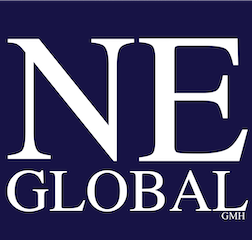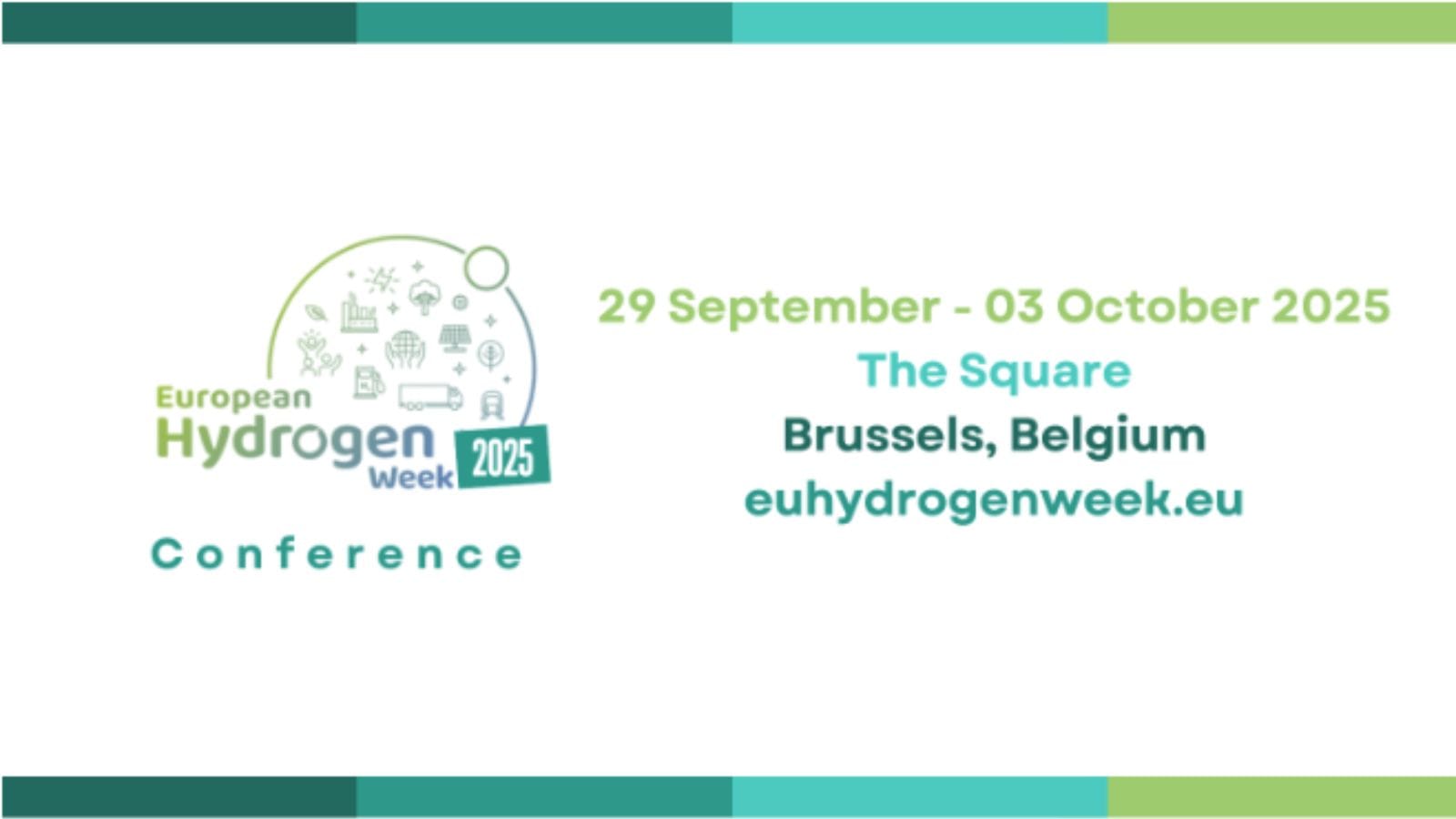The recent ease in global demand for blue metal – cobalt – has dampened concerns about a pending supply crunch. Earlier reports predicted that the world’s appetite for batteries would lead to a situation of demand outstripping supply for cobalt by the end of the 2020s. This in turn led to worries that the global shift to electric vehicles would be undermined by a scarcity of this crucial mineral. As prices have started stabilising in April, it offers us an opportunity to analyse the current market drivers, and to decide what strategy the extractive industry should adapt to sustainably fuel the energy transition.
Cobalt, a mineral with an electric blue color known to human civilisation since ancient time, is used today to store electricity in the most efficient manner. A reliable cathode material, it is a crucial component of lithium-ion batteries, used to power almost everything from mobile phones to laptops and electric cars. As the world transiting from fossil fuels and moving towards much more greener power sources, energy storage through batteries will be more and more crucial. This has led to a steadily increasing demand for cobalt that is projected to continue for decades to come.
Cobalt reserves, however, are estimated at 7.1 million metric tonnes, enough to meet the demand for many decades. What led the consultancies and commentators like Wood Mackenzie to warn about a pending crunch and fears of ‘peak cobalt’ was the combination of steadily increasing demand from batteries and electric vehicles on one side, and concerns about how most cobalt is produced on the other.

It is estimated that 60% of the world’s Cobalt comes from the Democratic Republic of Congo, or the DRC, where it is mined alongside another important metal copper. Supply from the DRC comes with a whole lot of concerns. In 2016, Amnesty International highlighted the evidence of child labour, poor working conditions and inadequate machinery at small artisanal mines in DRC. Pressure from NGOs like Amnesty has led battery producers and their customers to examine their supply chains in search for ethically produced cobalt. Combined with a fluctuating price, this led to cobalt production struggling to keep up with demand.
In 2021, however, a shift occurred, particularly as specific supply bottlenecks related to the pandemic got resolved with time, and prices have eased since the middle of March. More supply from across the copper belt has been brought into the market to meet the demand, and, crucially, manufacturers in China are beginning to invest in alternative cathode technologies. Lithium-ion-phosphate (LFP) cathodes allows batteries to be produced without cobalt, and have already been adopted by two of the largest battery makers.
However, LFP batteries are unlikely to meet the power demands of long-range electric vehicles any time soon, but definitely, this shift helped to ease recent pressure on cobalt supplies. Like the predictions of peak oil, warnings of a cobalt supply crunch have been chiefly determined by market mechanisms. In the current scenario of Cobalt market, we have a steady price signal, with additional supply coming online steadily over time to overcome short term fluctuations.
This situation appears calm, however, masks a deeper problem. The experience of the 3TGs minerals – tin, tungsten, tantalum and gold, the well-known ‘conflict minerals’, suggests that concerns about supplies of cobalt from the DRC have not yet been fully priced in.
In recent decades, concerns about conditions in the DRC and the potential for mineral production to finance violence and terrorism has led to major regulatory reforms and controls on the supply chain of the affected minerals. The United States passed legislation in 2010 requiring smartphone makers and other electronics manufacturers to provide an independent third-party audit report of their supply chains for the 3TGs minerals. Concerns were originally raised by NGOs, who put pressure on politicians, who in turn created regulations affecting industry dynamics.
Ten years on, now we have a highly developed traceability regime for 3TG metals, allowing consumers to transparently track the source from where their smartphone components were produced, whether that be in closely monitored mines in the DRC or in politically stable countries such as my native Zambia. Other jurisdictions, including the EU, have followed the US’ lead in introducing legislation, and many electronics companies have exceeded their legal obligations on traceability.
As consumers increasingly rely on batteries, it is only a matter of time that similar pressure is brought on the battery industry also. It may be through legislation or simply through pressure from a better-informed society. Banks, investors and business partners are already challenging suppliers on their traceability and supply chain compliance. One such level of scrutiny begins to restrict supply, it will have a knock-on impact on costs and may lead to a new cobalt crunch in decades to come, just as our reliance on fossil-fuel-based vehicles is now broken.
Battery manufacturers can take heart, however, from the progress made over the past ten years by the 3TG extractive industries, providing a model to follow. In this context, my own company, Zumran Resources, a leading producer in Zambia’s copper belt, faces none of the ethical challenges like those in the DRC. Moreover, our experience in producing 3TG metals to the highest standards of traceability puts us ahead of the pack in producing Cobalt through an ethical and sustainable supply chain.
Finally, in my opinion, the electric car revolution will require more and more powerful batteries, and with plentiful reserves, the cobalt market will always adapt to meet the demand. While investors and consumers demand greater assurance and transparency, the market will rely on the expertise and experience of trusted natural resources partners.








